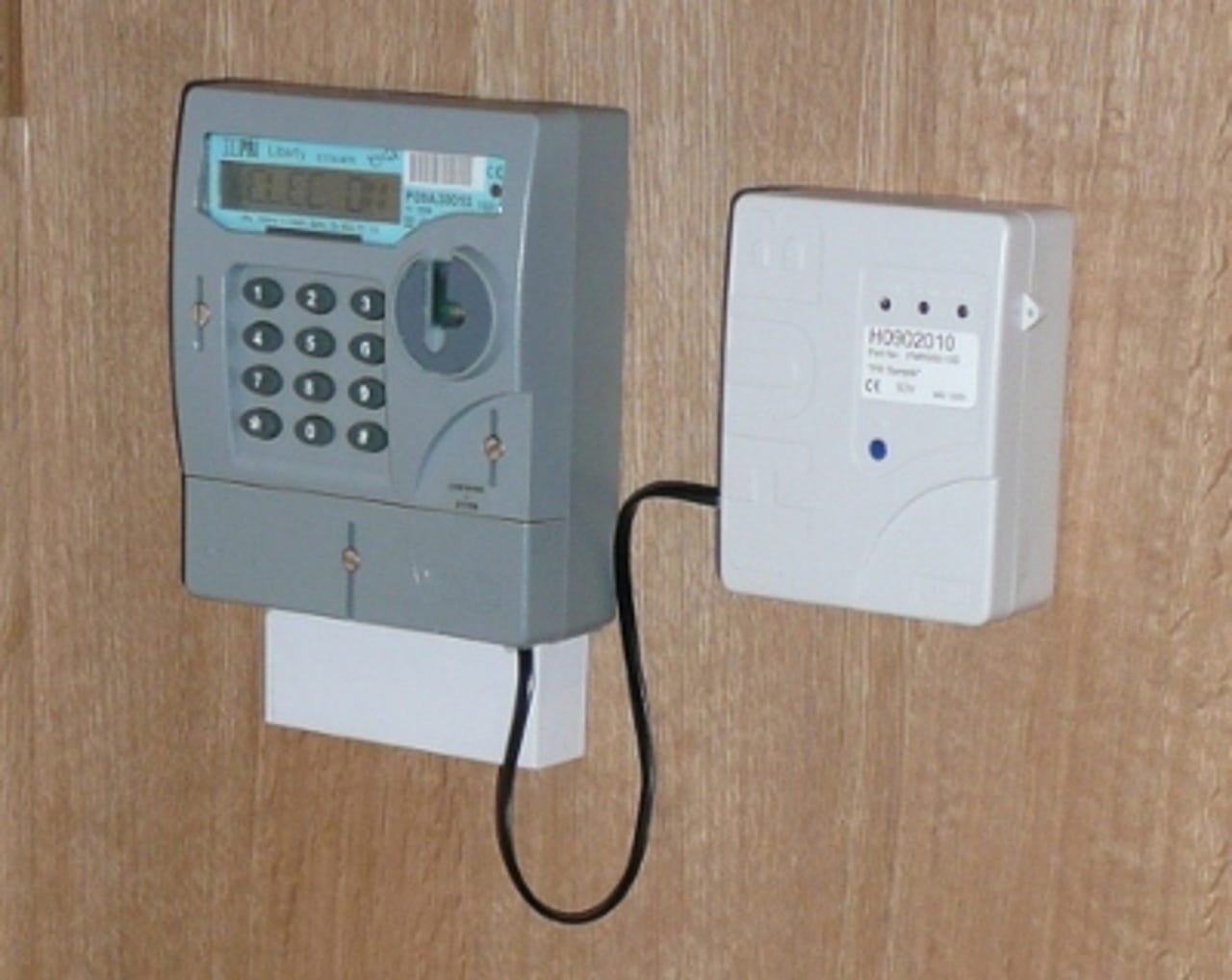Photos: IBM previews energy and retail tech of the future

A behind-the-scenes look at IBM's Hursley software development lab
IBM recently opened the doors to its Hursley software development lab near Winchester to offer a glimpse of the technology its developers are working on.
Working with a variety of hardware partners, IBM is developing systems that the company hopes will be taken up by retailers and energy suppliers.
This work is part of the Smarter Planet strategy which is about connecting different kinds of technology to create more useful, efficient and environmentally friendly systems.
Shown above are electronic shelf labels made by Finnish company MariSense, which use e-ink to display prices. E-ink works by an electronic charge activating it to display. This means the labels don't need constant power to work.
Photo credit: Tim Ferguson/silicon.com
IBM has integrated the e-ink labels with a central pricing system which can update what they display. Price guns like these can be used to scan products and then change the price by communicating with a central system which then sends out a signal to change the price on the e-labels.
Photo credit: Tim Ferguson/silicon.com
These are passive LCD labels (left). The e-ink labels can be seen on the right.
The LCD labels - made by English firm ZBD - only require power to change what they're displaying but are more flexible than the e-ink labels as they can include more information in a variety of formats.
Photo credit: Tim Ferguson/silicon.com
These are mobile VoIP devices made by Motorola. The idea is for the devices to be carried by shop floor staff for them to communicate with, instead of using the traditional Tannoy systems.
Photo credit: Tim Ferguson/silicon.com
IBM is also working with near field communication (NFC) technology. In the demo lab at Hursley, developers have attached RFID tags to items such as DVDs, which, when scanned against this NFC tag, trigger a nearby screen to show a trailer for the relevant film.
In this way, each screen in a shop could be used to show relevant information to shoppers in that part of the shop.
Photo credit: Tim Ferguson/silicon.com
This device is a personal shopper which people pick up as they enter a shop and is then personalised to them.
It can be linked to a loyalty card, for instance, and show shopping lists as created by the user at home as well as recommend offers which might be of interest or what people can buy with their loyalty points.
Photo credit: Tim Ferguson/silicon.com
Another area being worked on at Hursley is developing technology to help improve retail supply chains. The use of RFID tags on trolleys containing stock warehouse is one approach being explored.
Here you can see how IBM's system keeps track of the movement of RFID tags (the orange symbol in the centre of the picture) in a warehouse.
IBM is integrating its Cognos business intelligence technology into this kind of technology so that items can be traced as they progress through the supply chain.
Photo credit: Tim Ferguson/silicon.com

Another demonstration lab at Hursley focuses on the future of energy use in the home. IBM is talking to several UK power suppliers about how to integrate smart meters, such as the one shown above, into homes in the near future.
The devices can monitor the use of energy down to every 15 minutes so electricity and gas suppliers can see how energy is being used and tailor supply to meet demand.
Photo credit: Tim Ferguson/silicon.com
IBM is able to show prospective customers how they've integrated the smart meter technology into home energy monitors such as the one shown above.
These allow people to see how much electricity and gas they are using in their home as well as the current price they are being charged to use it. The hope is that this kind of technology will see more efficient use of energy.
Photo credit: Tim Ferguson/silicon.com